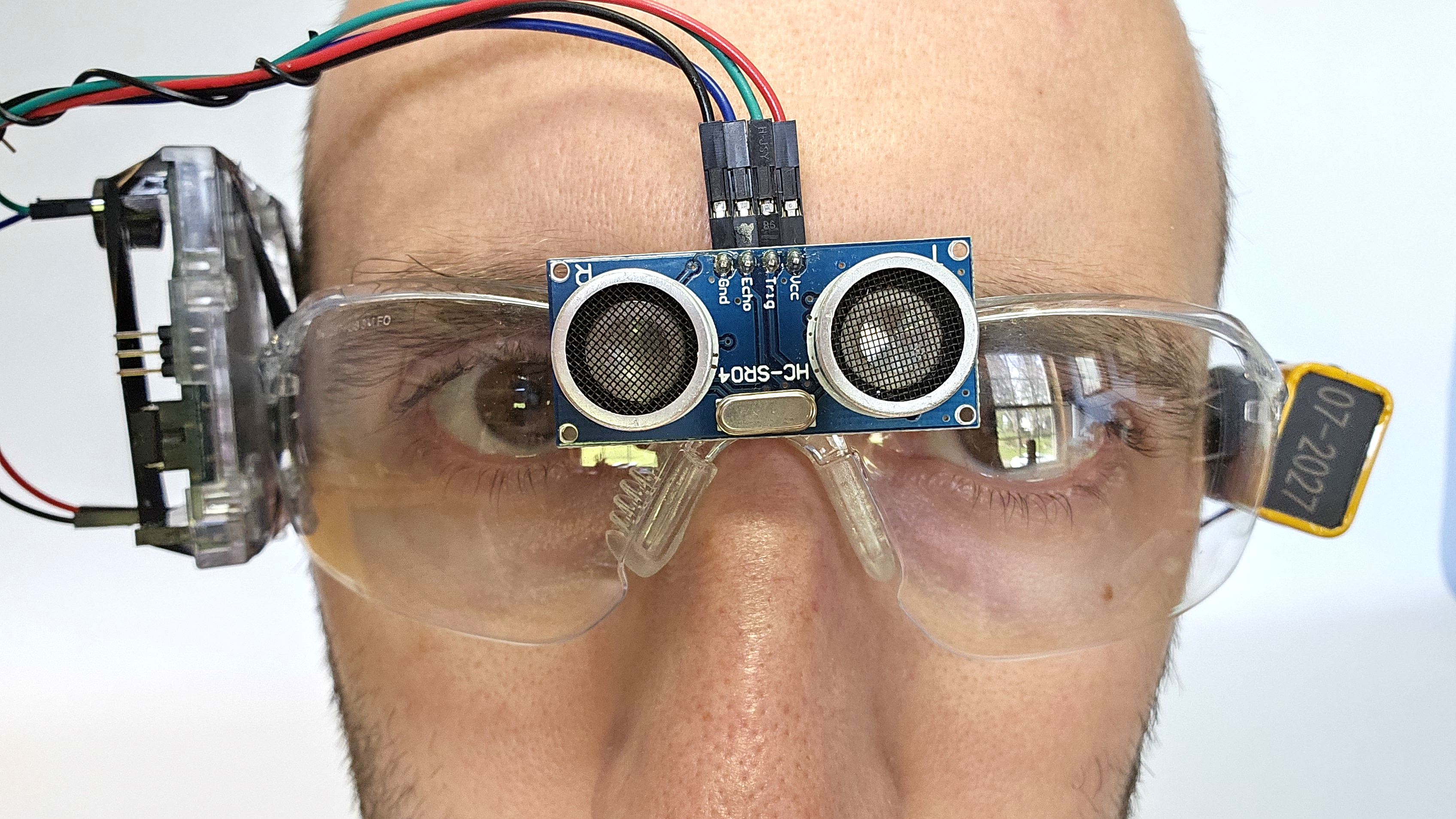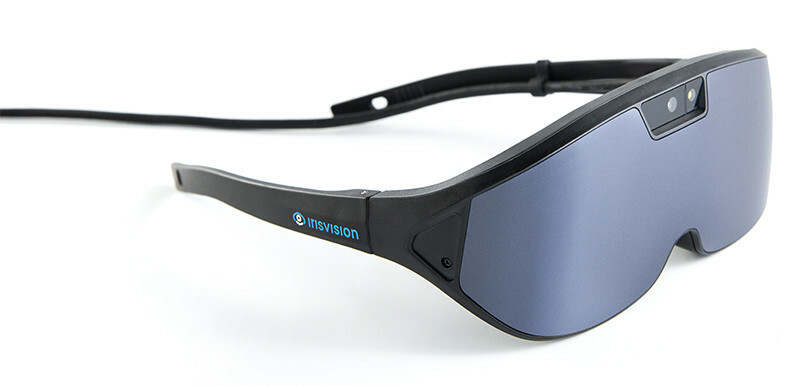The Future of Assistive Technology for the Blind: Empowering Independence
The Future of Assistive Technology for the Blind: Empowering Independence
Blog Article
Empowering Freedom With Assistive Modern Technology for the Blind
The assimilation of assistive technology for individuals that are blind or aesthetically impaired represents a substantial improvement in promoting freedom and improving quality of life. With a variety of gadgets-- from display visitors to ingenious responsive devices-- these innovations not only assist in navigation and communication but additionally promote social incorporation and involvement in numerous aspects of life. As we discover the varied types of assistive devices and their real-world applications, it becomes clear that the effect is profound. The development of this innovation elevates crucial concerns concerning accessibility and future advancements that call for more examination.
Understanding Assistive Technology
Although assistive technology has actually advanced considerably throughout the years, its essential function stays the same: to enhance the high quality of life for individuals with specials needs, specifically those that are blind or visually impaired. This innovation includes a broad variety of tools and gadgets that help with independence and functionality in day-to-day tasks.
Assistive innovation can be categorized right into low-tech and high-tech remedies, each made to fulfill particular needs. Sophisticated gadgets typically include software program applications, specialized hardware, and adaptive gadgets that utilize innovative innovation to offer assistance in various contexts. Alternatively, low-tech services might include day-to-day products that are changed to enhance ease of access, such as magnifiers or responsive markers.
The assimilation of assistive technology right into the lives of individuals that are blind or visually hindered not just promotes autonomy yet likewise fosters social incorporation and involvement in professional and educational environments. By leveraging these technologies, individuals can browse their environments, access info, and interact efficiently, thus enhancing their general lifestyle. Understanding assistive innovation is essential for supporters, caregivers, and professionals that intend to support people in optimizing their prospective and attaining better independence.
Sorts Of Assistive Tools
Assistive devices for the aesthetically damaged and blind are necessary devices that boost daily obeying resolving details obstacles encountered by users. These devices can be broadly categorized into three main types: optical devices, electronic devices, and sensory devices.

Sensory devices, such as Braille displays and tactile maps, offer alternate methods to obtain information. Braille shows convert digital text into Braille, allowing individuals to check out touch. Responsive maps supply spatial understanding through raised structures and lines, permitting much better environmental awareness.
With each other, these assistive devices equip people with aesthetic problems to engage more completely with their environments, advertising higher freedom and self-confidence in day-to-day tasks.

Influence On Life
The combination of assistive innovation into the every day lives of people who are blind or visually impaired substantially enhances their ability to browse and connect with the globe around them. Devices such as display readers, Braille presents, and mobile applications promote accessibility to information, permitting users to engage with digital material, connect properly, and handle daily jobs independently.
Additionally, technologies like smart glasses and navigating applications supply real-time aid in strange environments, improving wheelchair and self-confidence. These devices enable users to determine obstacles, reviewed signs, and also recognize faces, therefore fostering a feeling of freedom in public areas. Additionally, home automation systems, which can be regulated via voice commands, permit individuals to handle their living settings a lot more efficiently, improving convenience and safety and security.
The impact of assistive modern technology extends beyond functional jobs; it advertises social incorporation and emotional wellness. By connecting the void in between individuals and their surroundings, these innovations equip individuals to get involved completely in area tasks, seek educational opportunities, and take part in significant connections. Ultimately, the improvement of assistive modern technology is crucial in redefining the opportunities for people that are blind or visually impaired, resulting in a much more easily accessible and inclusive culture.
Success Stories and Endorsements

An additional powerful testimonial comes from Mark, a current college graduate who made use of display reading software program throughout his academic journey. This modern technology allowed him to gain access to course materials and take part in conversations, eventually bring about his effective shift into the workforce. Mark credit histories assistive modern technology for encouraging him to accomplish his profession goals, stressing its duty in leveling the having fun area for people with aesthetic impairments.
In addition, recreation center have actually reported increased participation in their programs many thanks to the introduction of easily accessible electronic systems. These systems have made it simpler for individuals to connect, share resources, and support one an additional. These success tales collectively underscore the profound effect of assistive innovation in cultivating independence, boosting lifestyle, and damaging down barriers for the blind and visually damaged community.
Future Trends in Assistive Technology
Emerging innovations are positioned to transform the Your Domain Name landscape of assistive tech for people that are visually damaged or blind. Innovations in man-made knowledge (AI) and artificial intelligence are enhancing the abilities of tools, allowing even more instinctive individual experiences. AI-driven applications are increasingly able to identify objects and read text aloud in real-time, offering individuals with useful details concerning their environments.
Furthermore, developments in wearable technology are creating brand-new possibilities for self-reliance. Smart glasses geared up with augmented fact functions can overlay important details onto the individual's line of vision, helping with navigation and interaction with the setting. The combination of Net of Things (IoT) gadgets is simplifying accessibility in clever homes, permitting users to manage devices and get notifications with voice commands or responsive interfaces.
The growth of braille displays and responsive feedback systems is likewise increasing, promoting accessibility to digital web content and enhancing interaction. As these innovations remain to evolve, they guarantee to boost daily living, academic possibilities, and employment potential customers for people with visual disabilities. Continual collaboration in between engineers, users, and advocacy teams will certainly be vital in ensuring these developments fulfill the needs of the area properly.
Conclusion
Finally, assistive modern technology plays a crucial role in enhancing the self-reliance of individuals that are blind or aesthetically damaged. By offering necessary devices and resources, these look at this now innovations assist in boosted navigating, communication, and accessibility to information, consequently cultivating freedom and self-confidence. The transformative impact of assistive devices not just advertises reliable communication with the atmosphere however additionally urges social incorporation and involvement in different elements of life, ultimately equipping customers to flourish within their neighborhoods.
The combination of assistive technology for individuals that are blind or aesthetically impaired stands for a considerable improvement in promoting independence and enhancing top quality of life.The combination of assistive innovation into the lives of individuals that are blind i thought about this or aesthetically hindered not only promotes freedom yet also fosters social addition and participation in educational and specialist atmospheres. Ultimately, the innovation of assistive innovation is instrumental in redefining the opportunities for individuals that are visually damaged or blind, leading to a much more easily accessible and inclusive society.
Lots of individuals that are visually impaired or blind have shared inspiring success stories that highlight the transformative impact of assistive technology on their lives.In conclusion, assistive innovation plays an essential function in boosting the independence of people who are visually damaged or blind.
Report this page